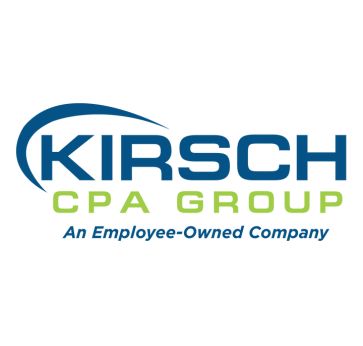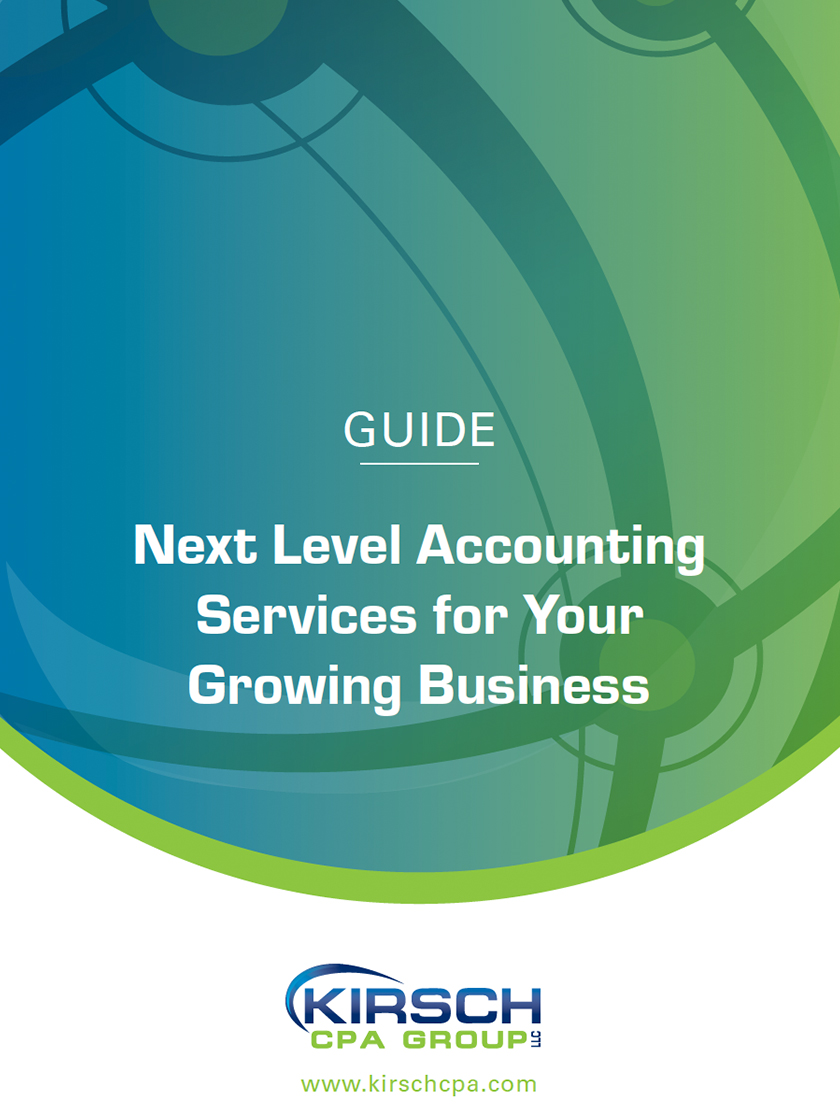Nine Ways Contractors Can Maintain Healthy Cash Flow
Kirsch CPA Group
Mar 04, 2021

Contractors trying to keep their construction companies financially healthy face two intrinsic challenges: the seasonal nature of construction work and the unpredictability of an invoice-based business. Both can disrupt cash flow and make collecting and paying bills challenging. With positive cash flow, your balance sheet is better able to handle the industry’s typical ups and downs plus any curve balls thrown by outside forces — such as the COVID-19 pandemic. Here’s how to promote a freer flow of cash.
Best Practices
To maintain a healthy cash flow, consider the following best practices:
- Build reserves. As many contractors learned during 2020 project shutdowns, it’s essential to have a financial cushion big enough to weather extended storms — either literal or figurative. Estimate your company’s average monthly expenses and set a goal to save enough cash to cover them without benefit of revenue during whatever timeline you deem necessary. Most construction businesses probably should aim for three to six months. Budget contributions to your cash reserve as a fixed expense — and pay back the reserve if you have to dip into it.
- Finance assets. Financing is a good way to free up working capital. Instead of buying construction equipment and vehicles outright, financing or leasing at a low rate helps you keep cash on hand for business operations. You might also want to avoid prepaying for insurance or other expenses that allow installment payments, unless, of course, you receive a big discount for paying in full immediately.
- Get a line of credit.Business lines of credit and revolving credit provide immediate access to a fixed amount of money. In general, you can use credit for general expenses such as payroll, materials and monthly bills. Much like using a credit card, you request only what you need at the time and pay interest on what you use.
- Shop around for materials. Talk to suppliers to get the best offer on materials, letting them know you’re “shopping around” for a good deal. Unless you receive a discount to pay up front, use financing or ask about flexible payment options. Remember, in most cases, if you pay suppliers and other vendors before you get paid, you run the risk of running out of cash.
- Invoice and collect assertively. The sooner you bill, the sooner you get paid. Prompt invoicing is critical in an industry that’s notorious for long lead times between billing and payment. Follow the invoice schedule outlined in your contracts and regularly call and follow up on those that aren’t paid promptly. And if you haven’t already, set up your business to accept electronic payments.
- Use pay-when-paid or pay-if-paid clauses. When drafting subcontracts, include a provision that ties subcontractor payment to when you receive payment from the project owner. This protects against spending money you don’t have.
- Manage cash at the project level.This meanspreparing a cash flow projection and making any necessary adjustments over the course of the job. Monitor work-in-progress and cash flow reports to help identify potential financial issues while you still have time to address them. Also track the status of overbilling and underbilling to ensure you’re billing as close to your costs as possible.
- Process change orders quickly. Rather than waiting for project completion, process change orders immediately. That way, you can get approval quickly and bill for those additional costs as they come in. Additionally, turn in project closeout documents promptly so you can receive final payments sooner.
- Use metrics. You can’t control what doesn’t get measured. So study job-costing reports to ensure you’re pricing services correctly and bidding profitable jobs. Perform cash flow analysis to know where money is going, where it’s coming from and how much you have on hand. Key metrics and ratios to track include:
- Days sales outstanding,
- Accounts receivable turnover (invoices paid in full),
- Retainage balances,
- Working capital,
- Debt-to-equity ratio, and
- Project gain/fade.
If you don’t already, consider investing in software and technology tools to automate these calculations and generate regular reports.
Identify Problems Now
We can help you identify potential cash flow problems and suggest steps to take before they become critical. We can also suggest tax planning and cost-control strategies for your business that could help free up cash.
We can help you tackle business challenges like these – schedule an appointment today.
© Copyright 2021. All rights reserved.
More Resources

About The Author
Kirsch CPA Group is a full service CPA and business advisory firm helping businesses and organizations with accounting,…
Sign Up for Email Updates
Tags
Accounting & Financial News

Audits Are Essential to Your Organization’s Health
Audits have become more important due to increased public and government scrutiny of not-for-profit organizations, their management…

Tax Update: What the “One Big Beautiful Bill” Means for You
On July 5, President Trump signed the One Big Beautiful Bill Act (OBBB) into law—a sweeping tax…



